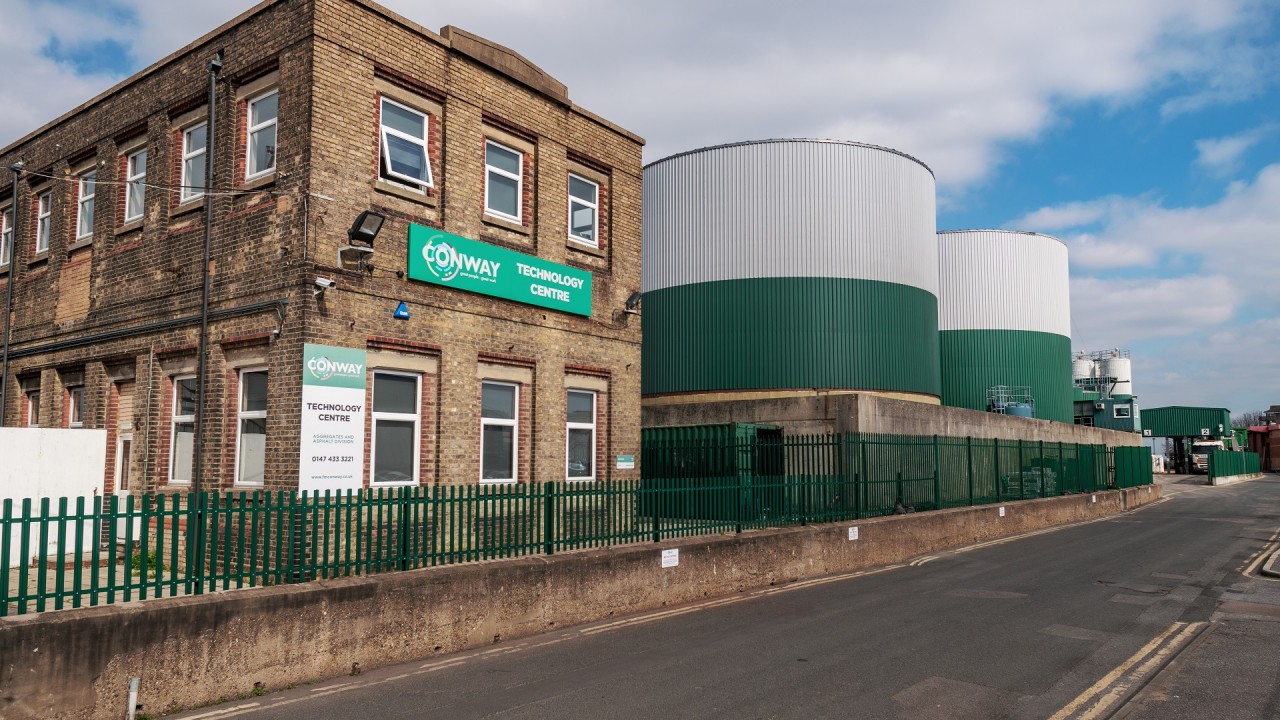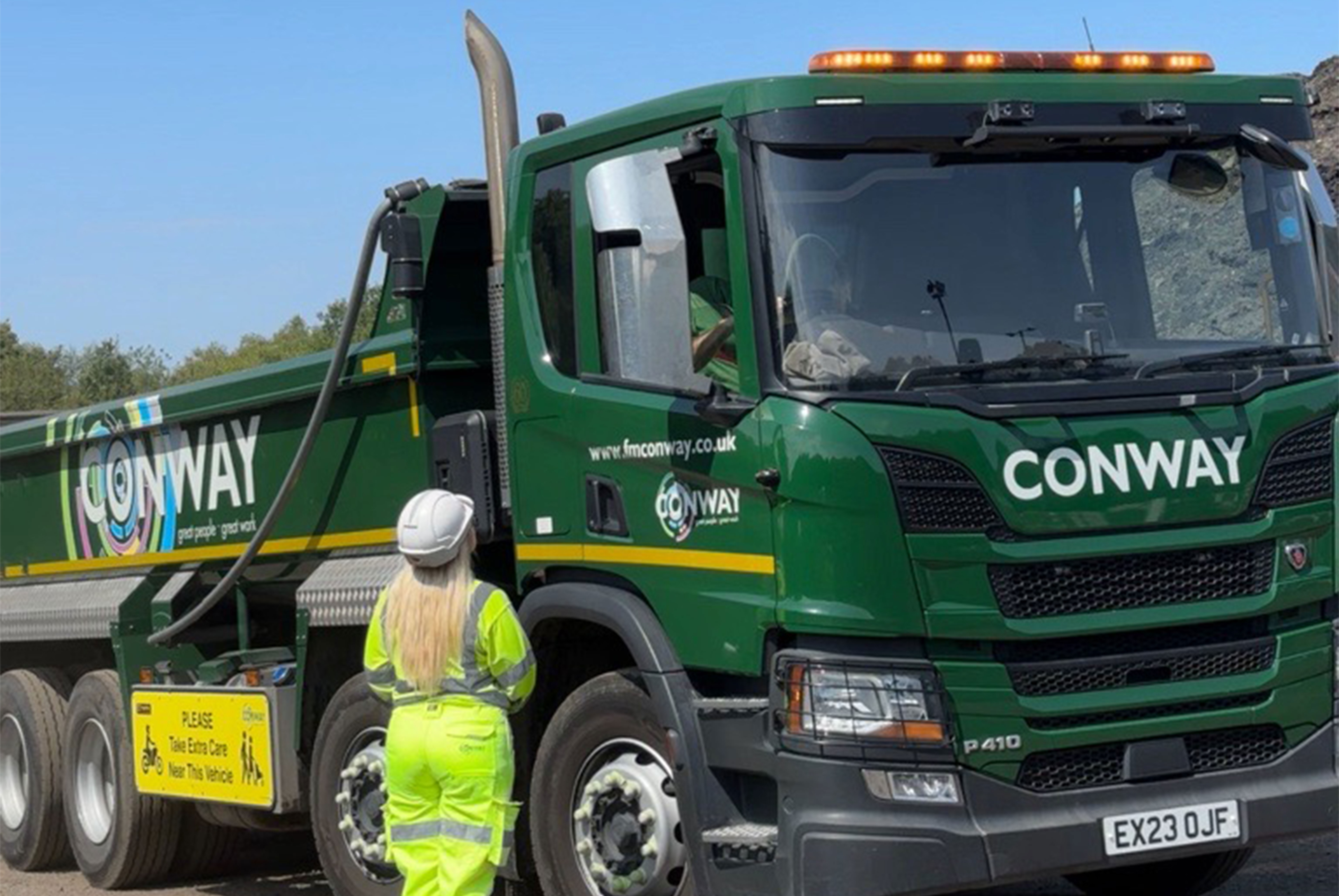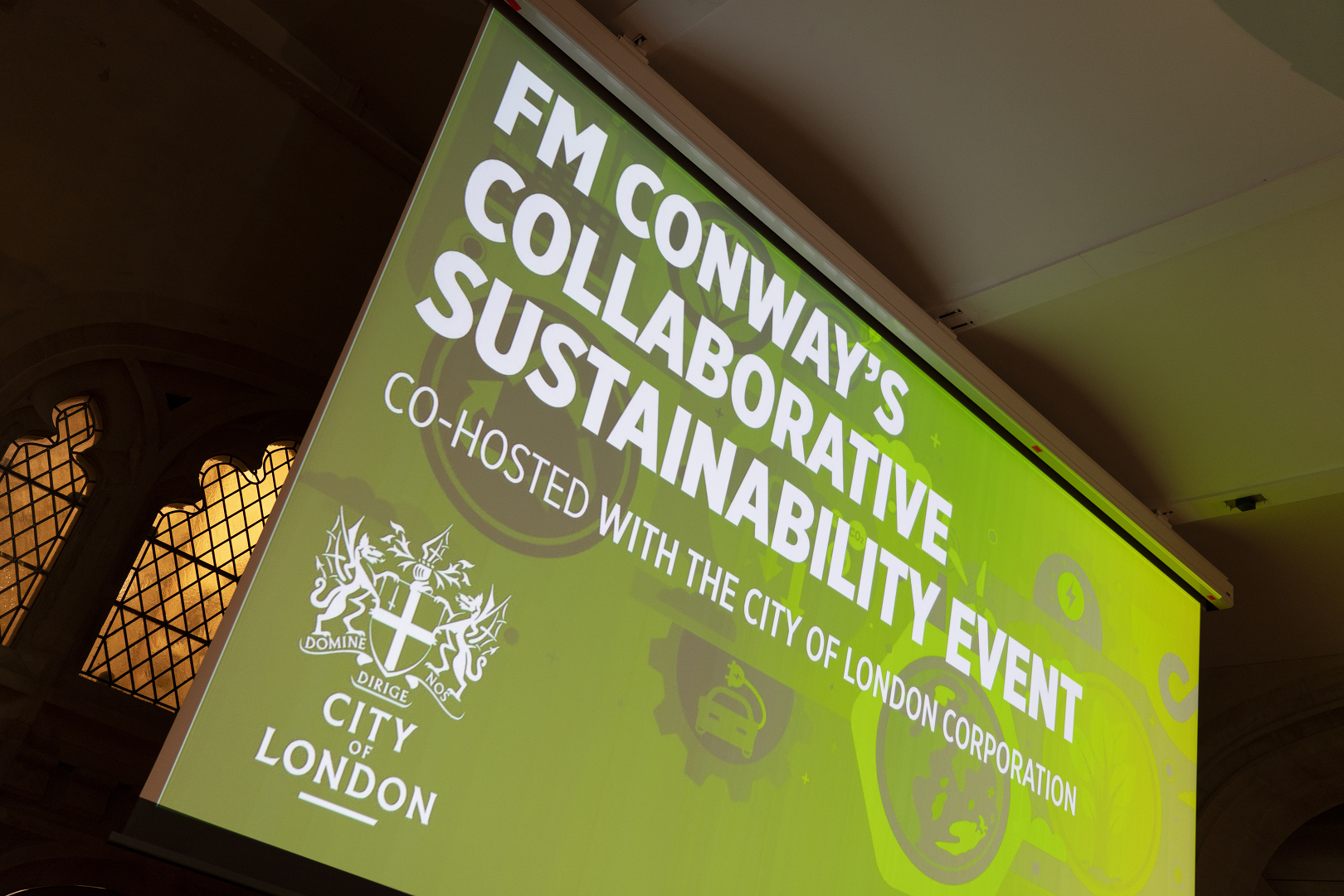Let's Make 2025 the Year We Stop Tinkering at the Margins
Author: Matt Tallon, FM Conway Sustainability Director

It’s already shaping up to be a busy start to the year at Conway House. However, I wanted to pause and reflect on priorities for the industry this year, in particular, what needs to be done to move the dial on achieving net zero roads.
Our sustainability event at London’s historic Guildhall before Christmas was an excellent opportunity to get clients, partners and suppliers around the table to discuss shared challenges, ambitions and where the sector could work better together.
What was clear is that there’s no quick fix to completely eliminating carbon emissions. However, a willingness by all organisations (private or public) to be bold about innovation and collaboration will absolutely get us on the right path.
At FM Conway, we’ve invested over many years in trialling and developing more sustainable construction techniques.
We know now that the best way to minimise carbon over an asset’s lifetime is by stacking proven and cost-effective technologies and solutions together. From increasing recycled content in materials to removing emissions from how we move and lay them, as well as lengthening an asset’s lifespan through improving durability, a forensic, multi-layered and granular approach is key to unlocking carbon gains.
We were able to use the Guildhall event to discuss the many ground-breaking pilot projects taking place across the country. It also showed the crossover across regions and projects.
Rather than a piecemeal approach to innovation, to scale up we need to mobilise resources and money behind shared efforts – we have the data to know what works, so let’s get on with it.
For example, we know from more than a decade of testing and trialling that high recycled asphalt performs just as well as virgin materials on the network. While its use is becoming more widespread, there’s still a long way to go. One of the biggest shifts in use could come from increased flexibility of materials specifications, to allow for lower carbon alternatives.
Whether the route in question is on the strategic or local road network, it is critical that we don’t just keep laying the same old materials, which can lead to over-specification and spending unnecessary carbon.
Engineering for resilience is also key. A thinner, single layer with improved performance characteristics through use of PMB, combined lower temperature manufacturing, not only saves precious resources and emissions from production, transportation and implementation – it also improves the durability and longevity of the road itself.
I understand the natural caution that accompanies a deviation from tried and tested methods. However, across our sector, innovations are being tried, tested and proven successful. We should capitalise on these findings wherever possible.
While allocating resources and spend is never an easy decision, a problem shared is a problem halved, and in 2025 I would like to see the private and public sector putting risk sharing at the heart of collective decision making.



.jpeg)